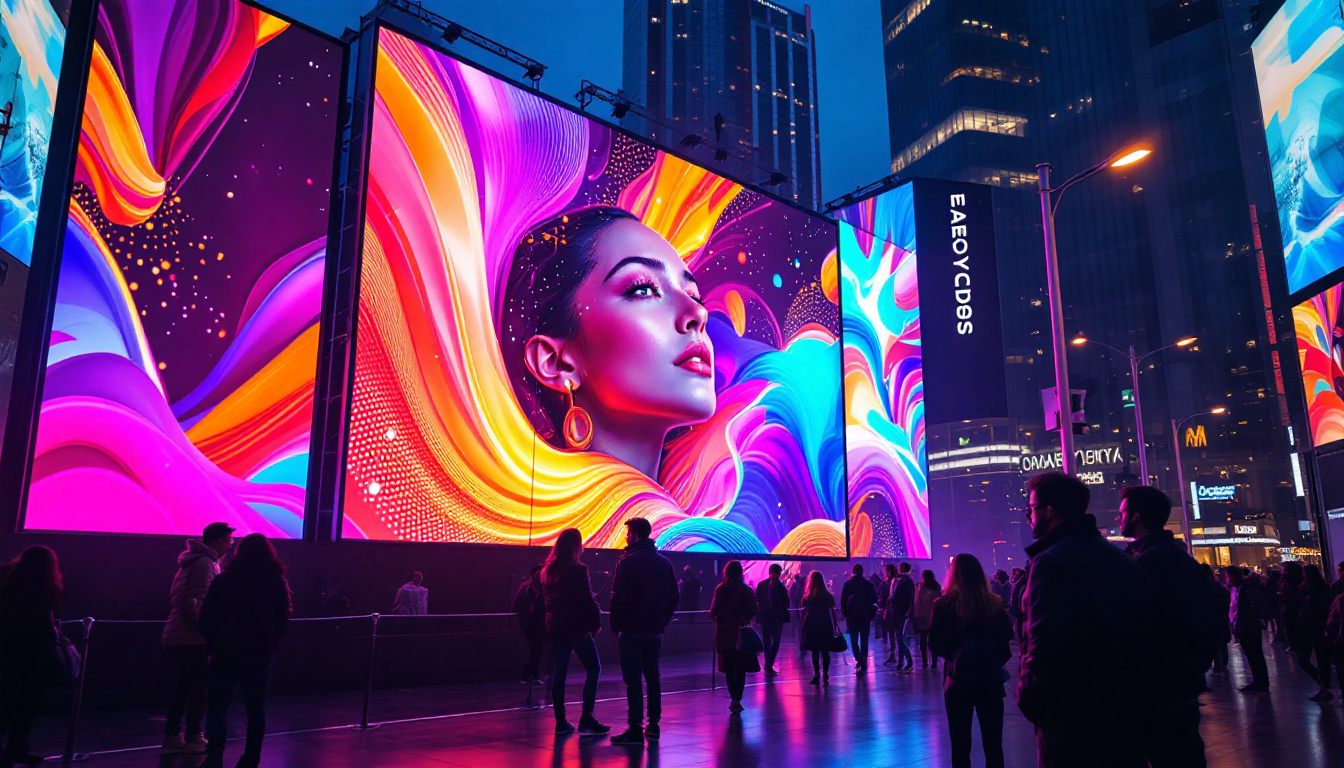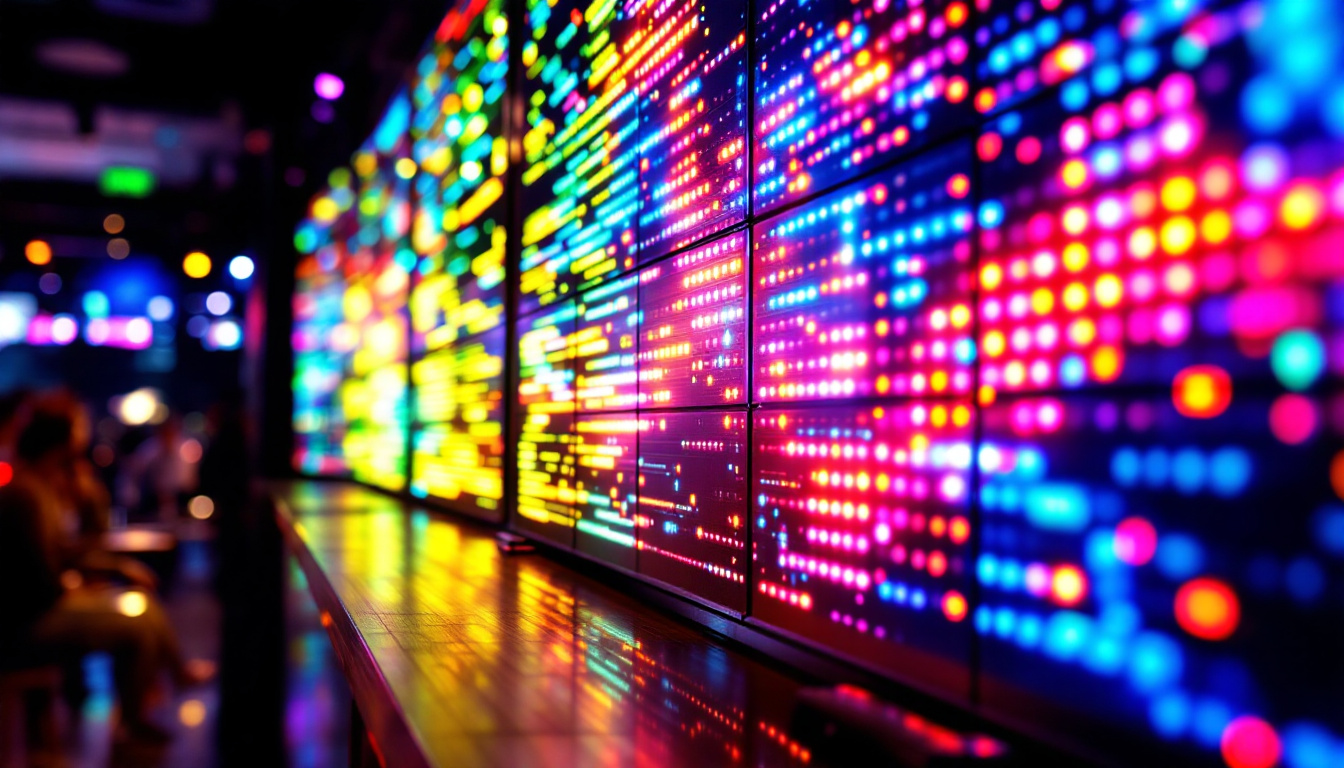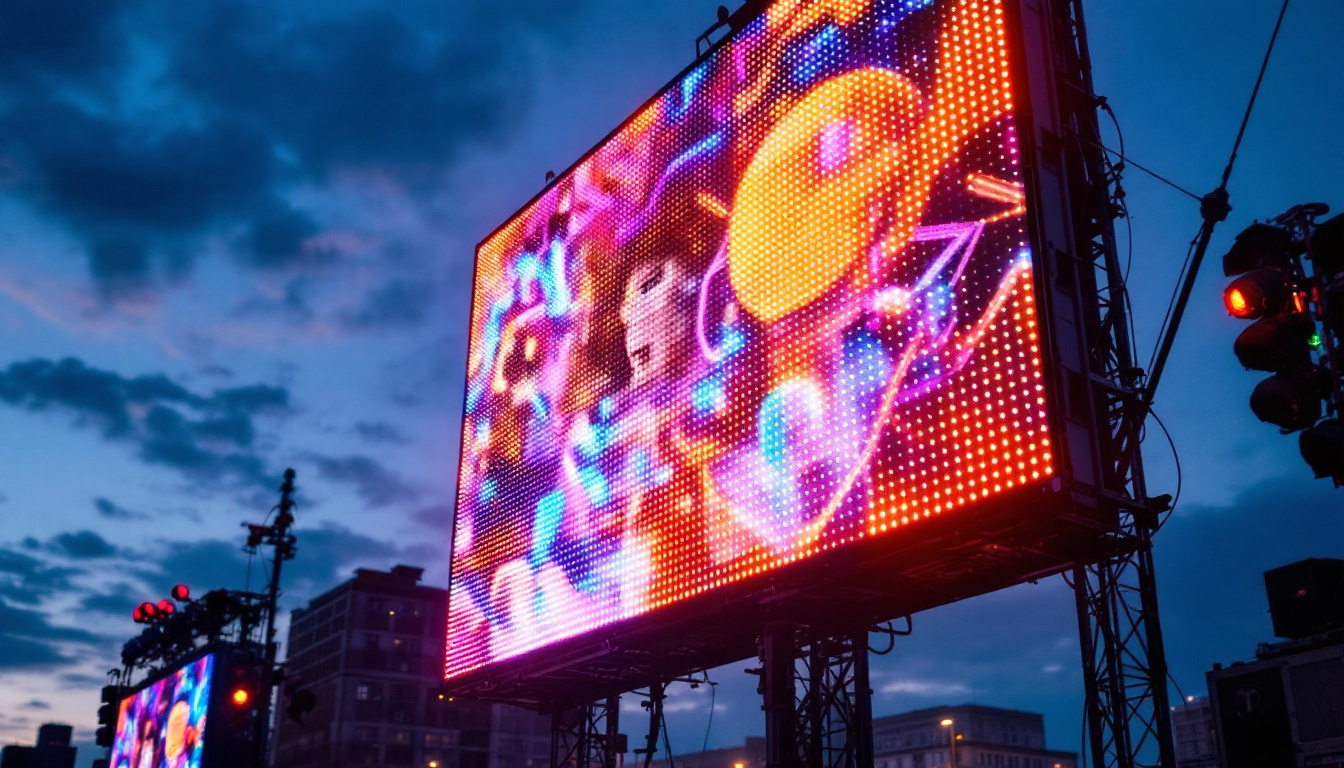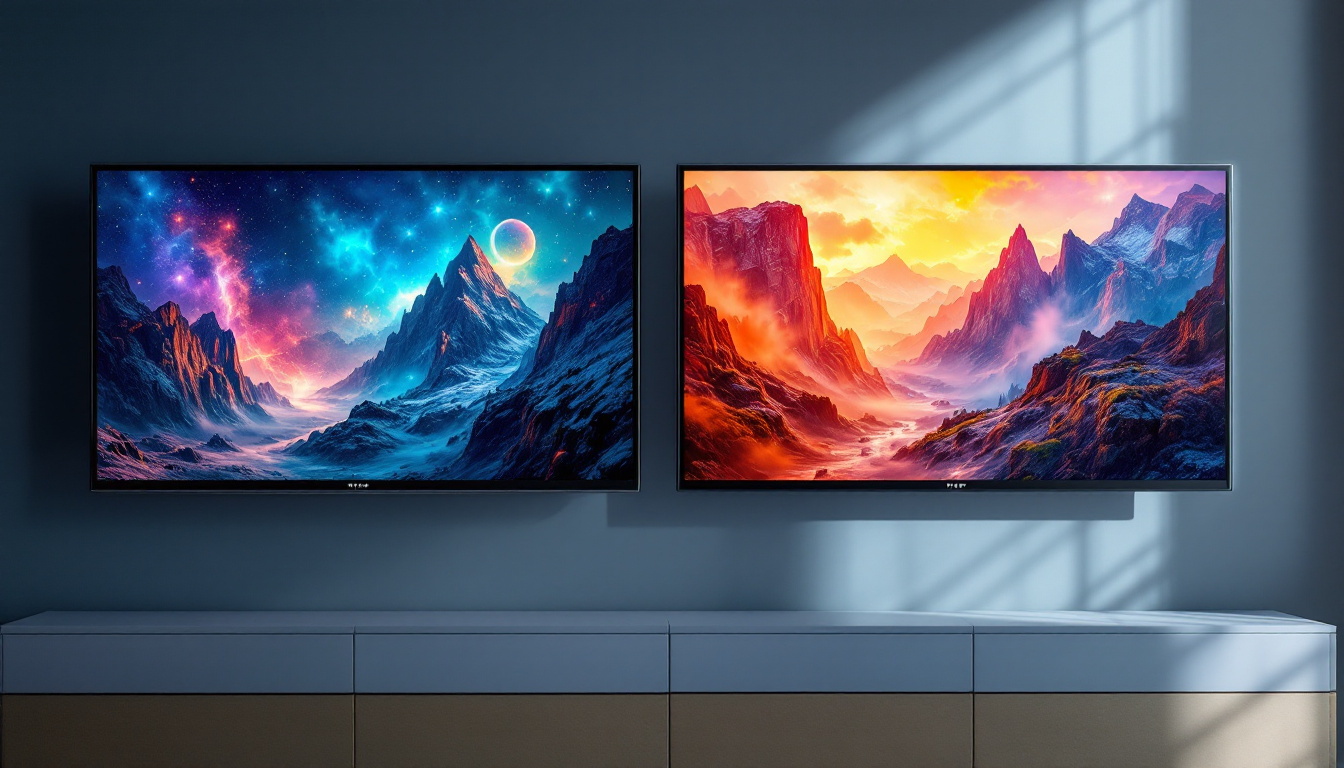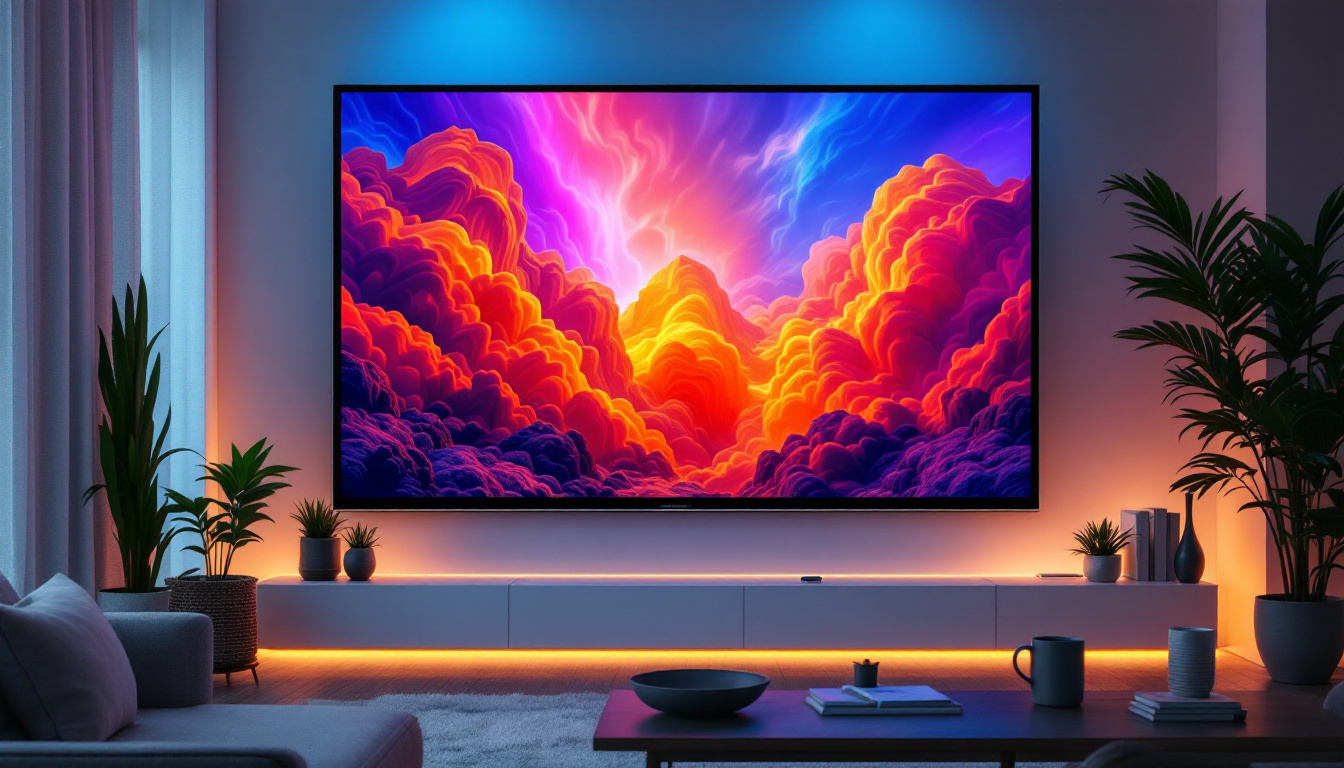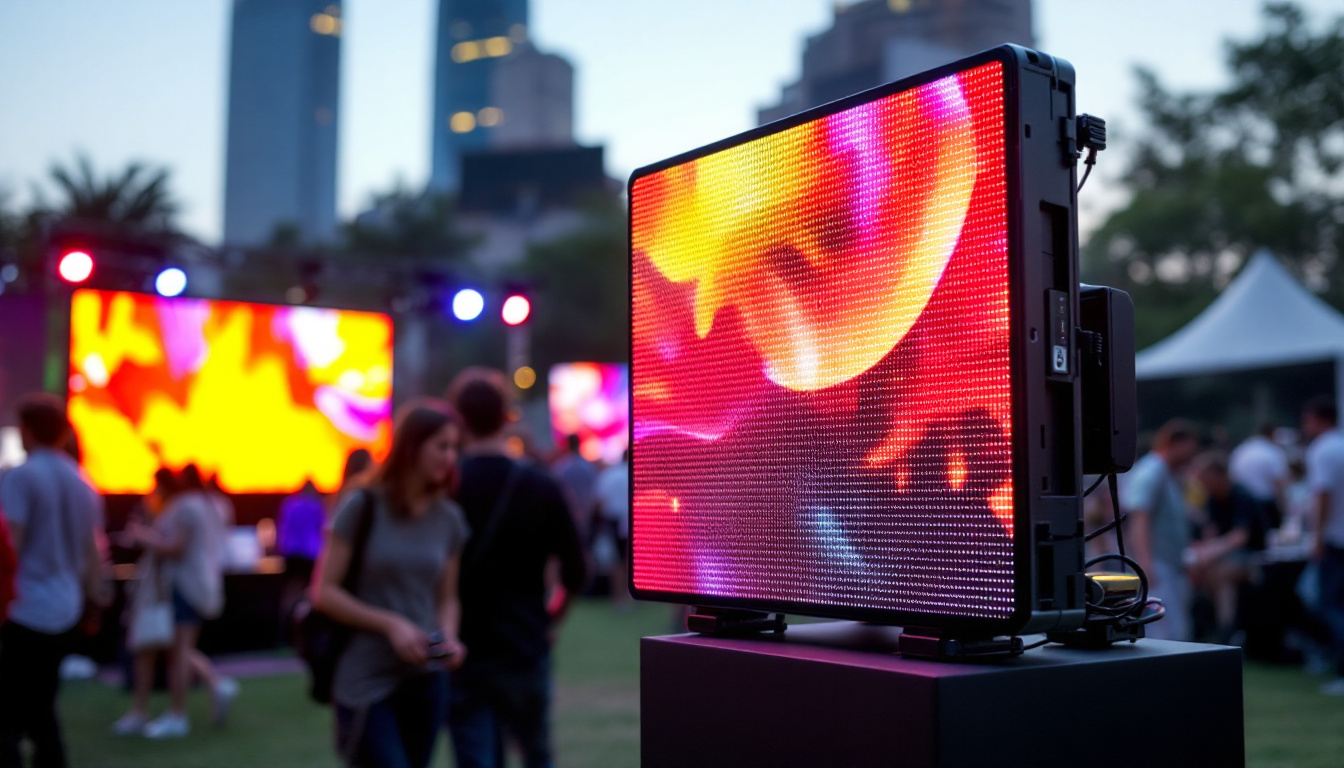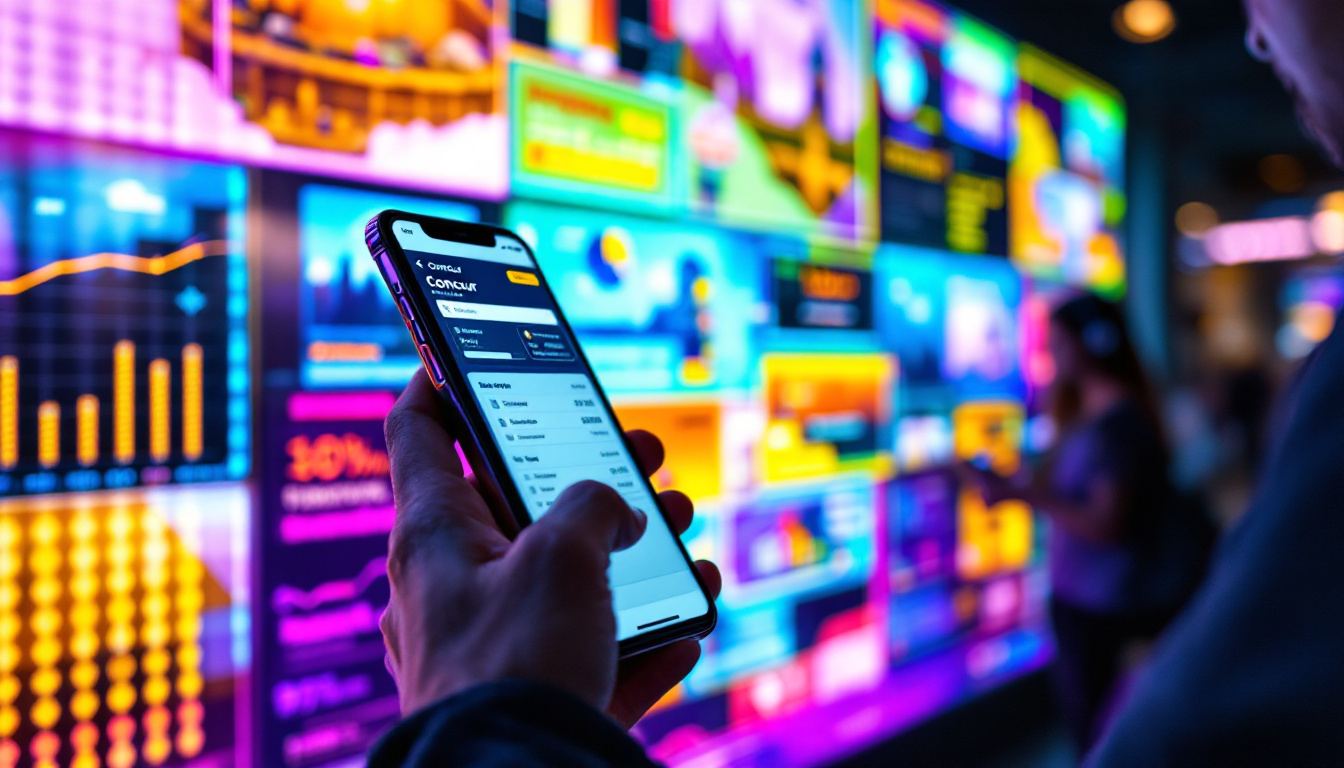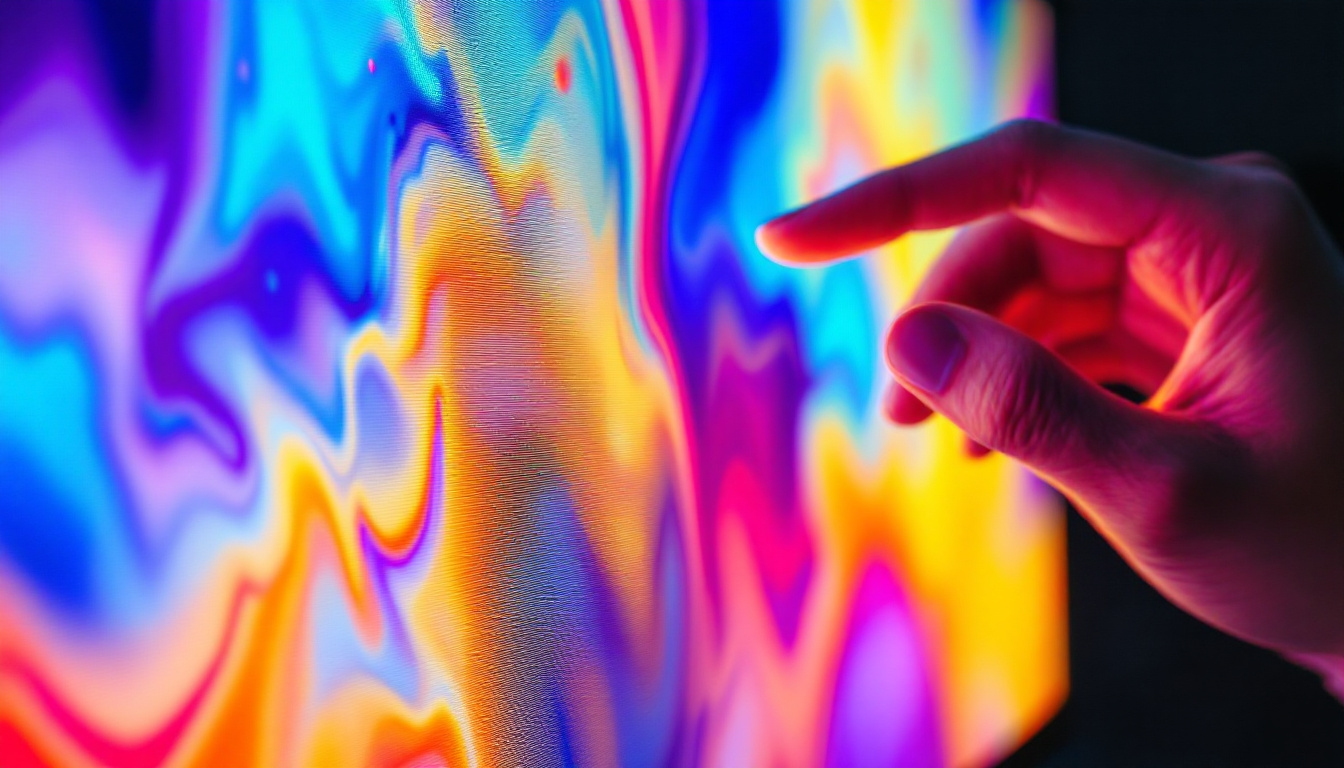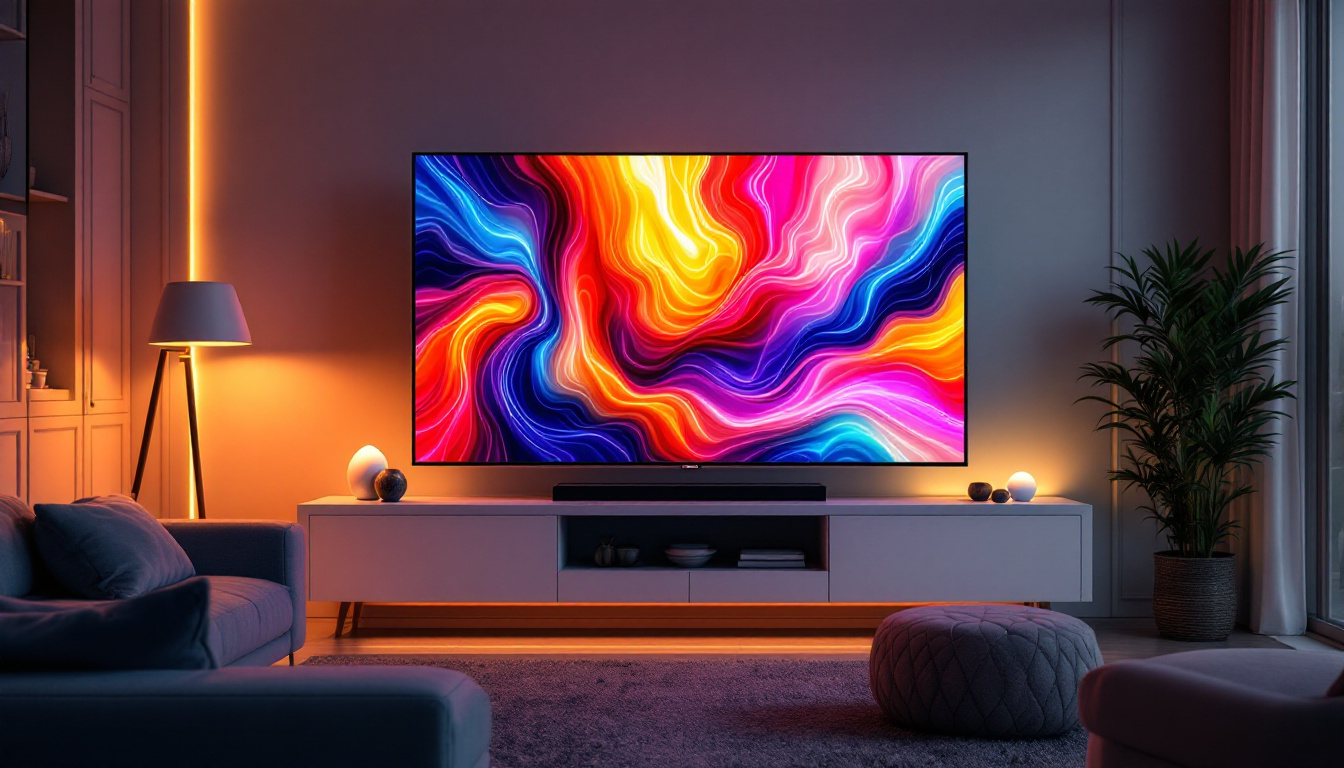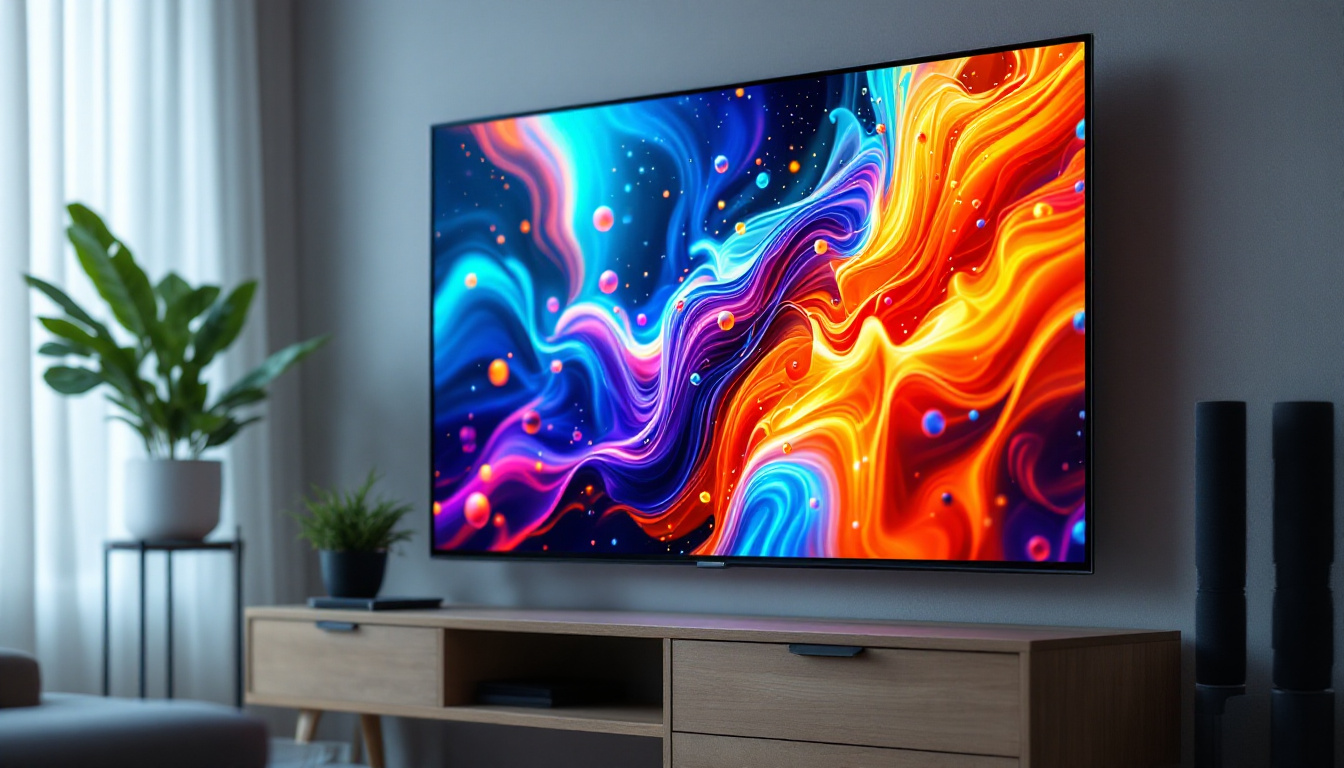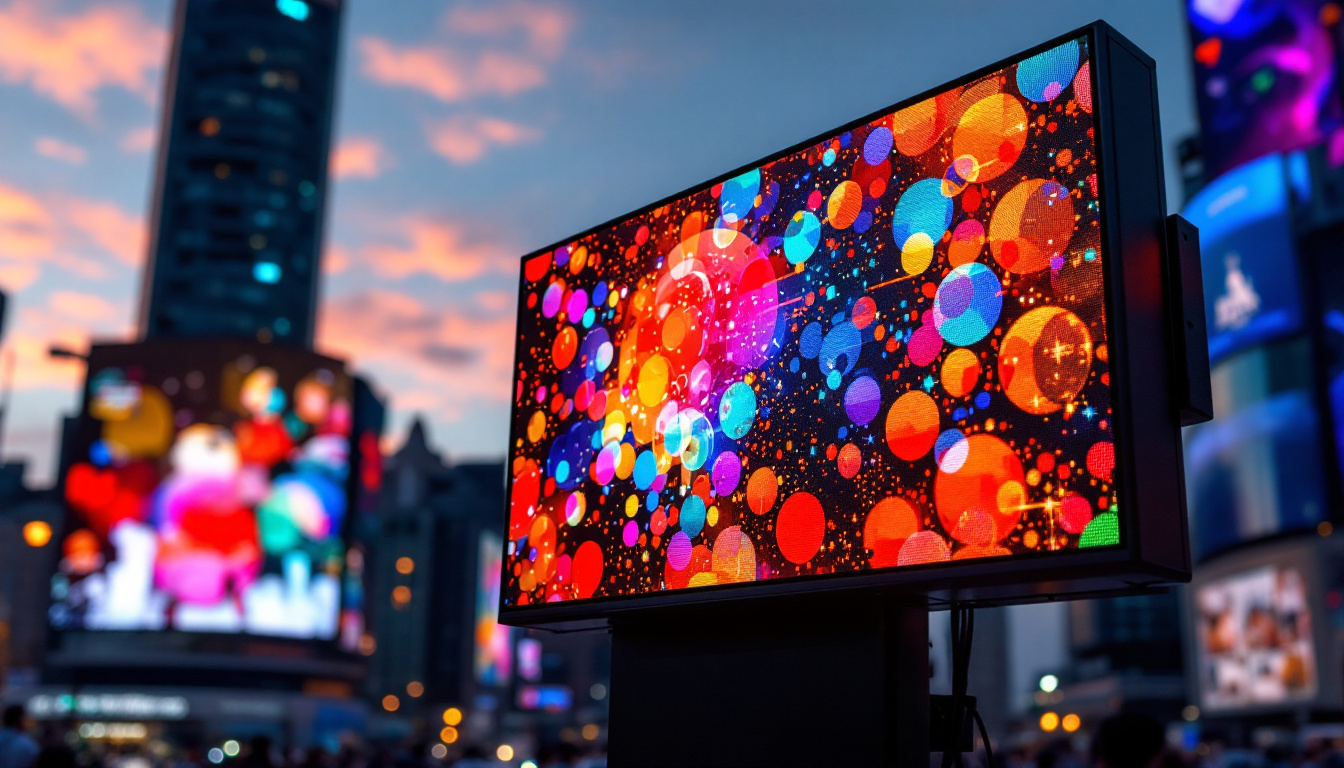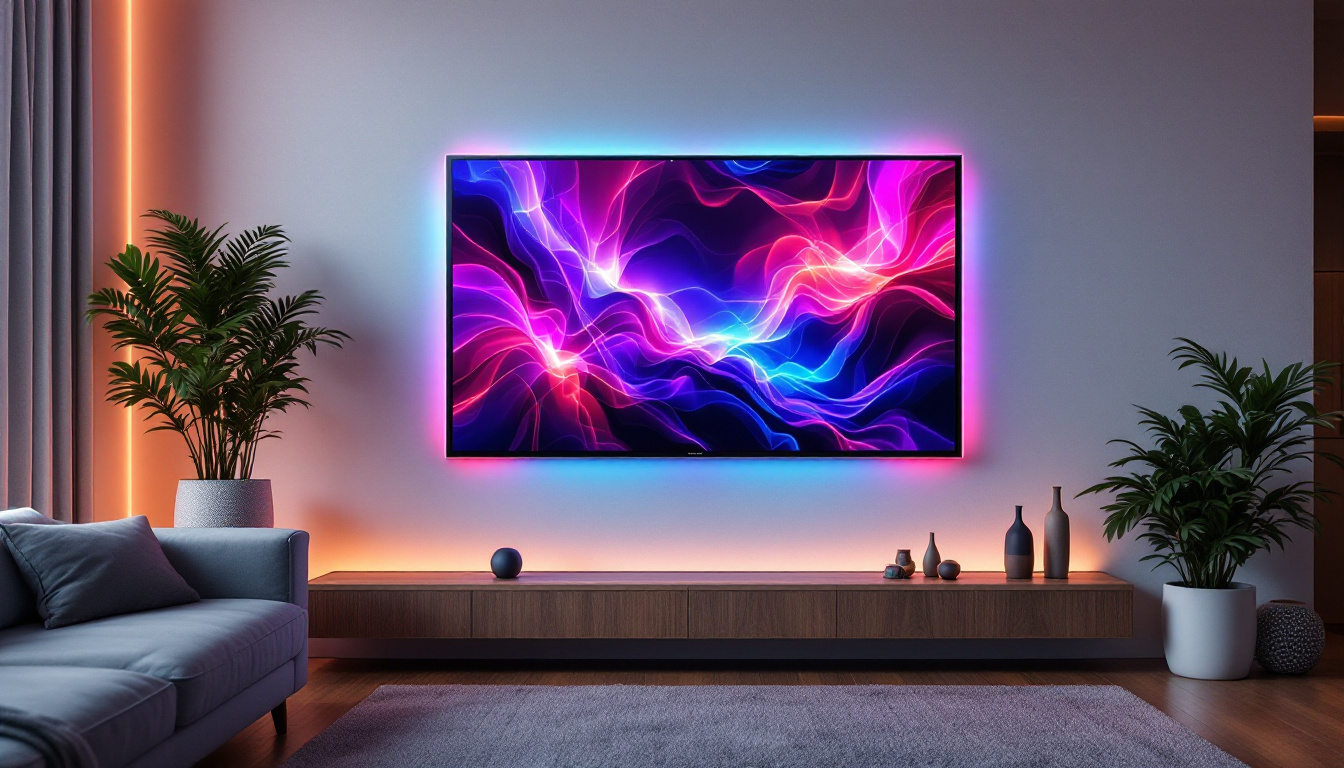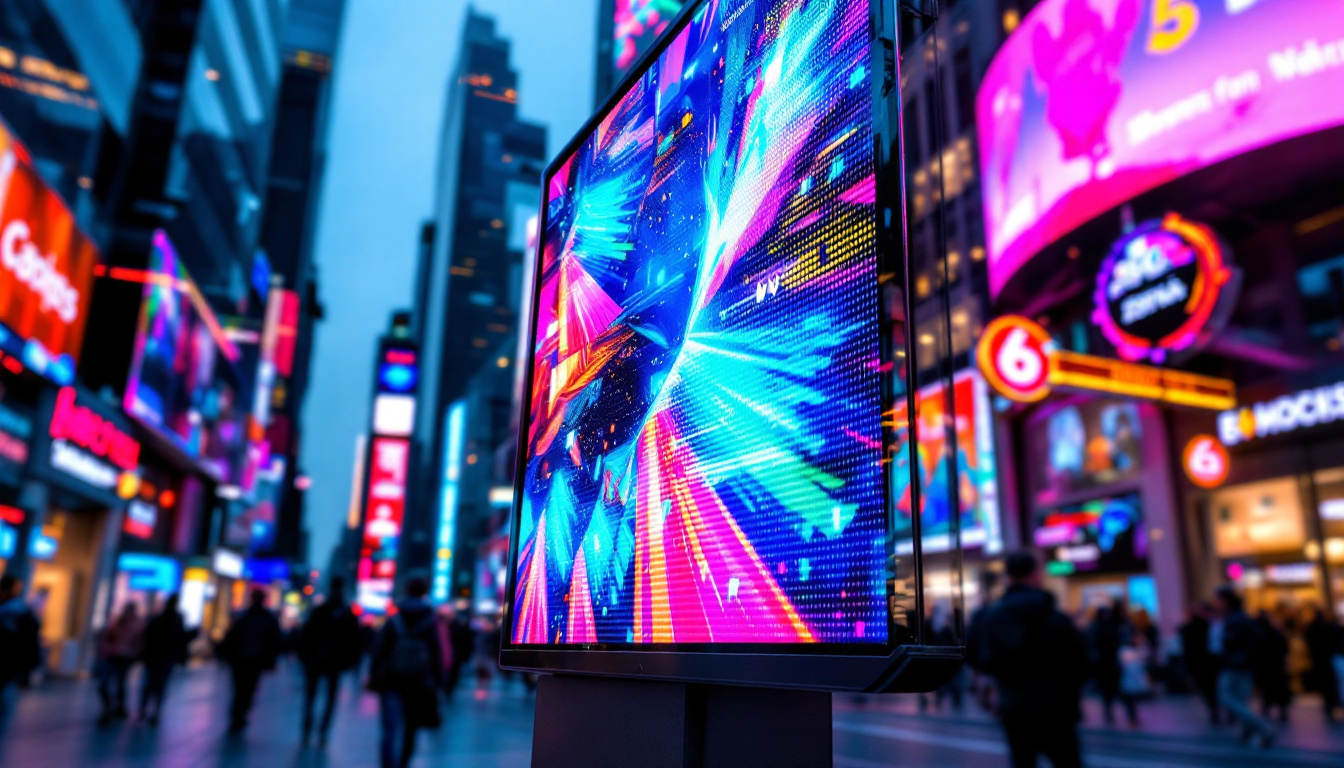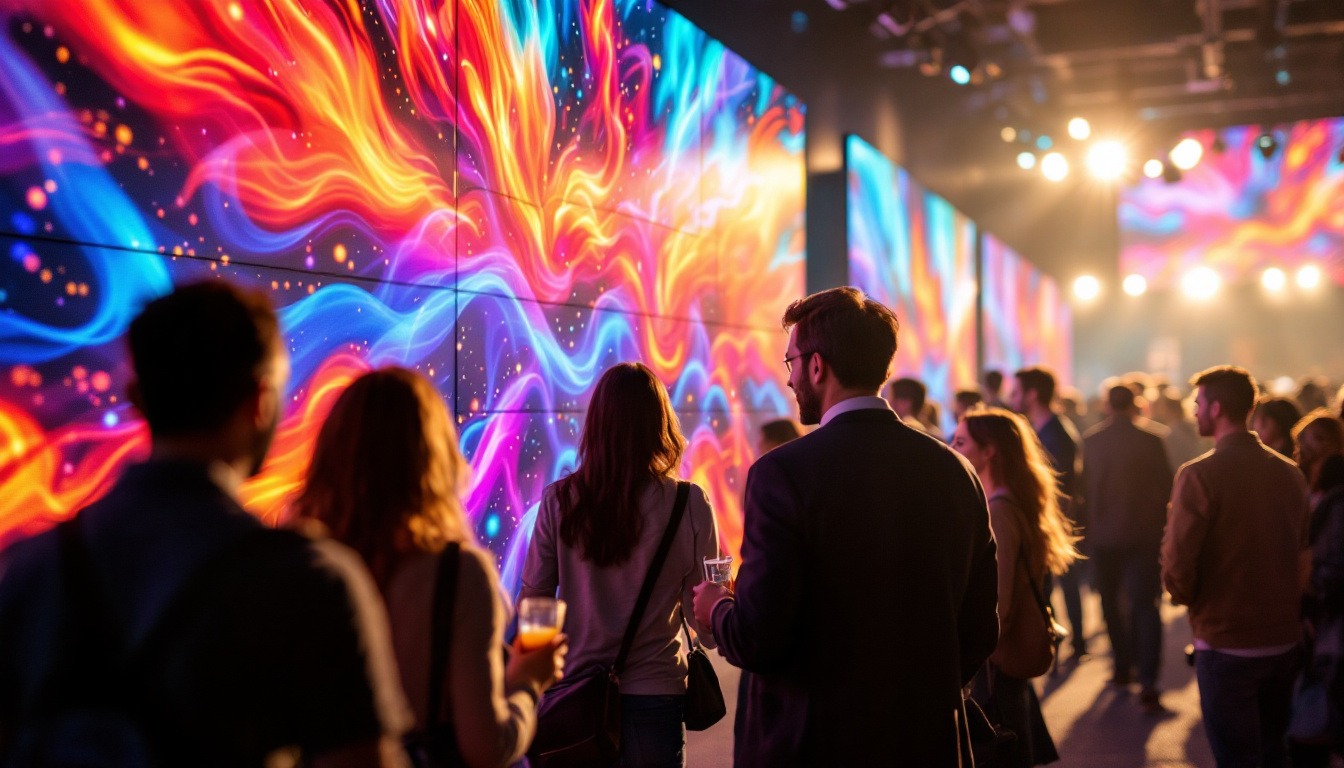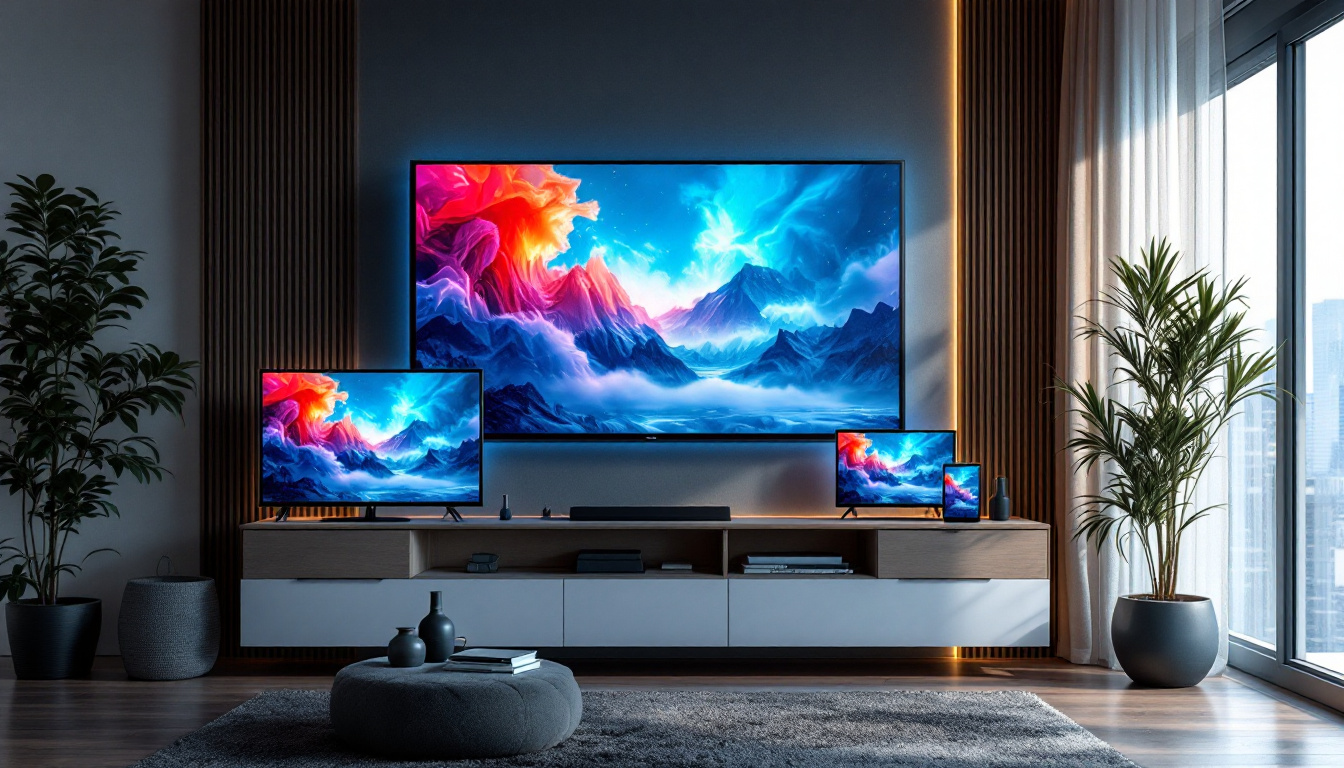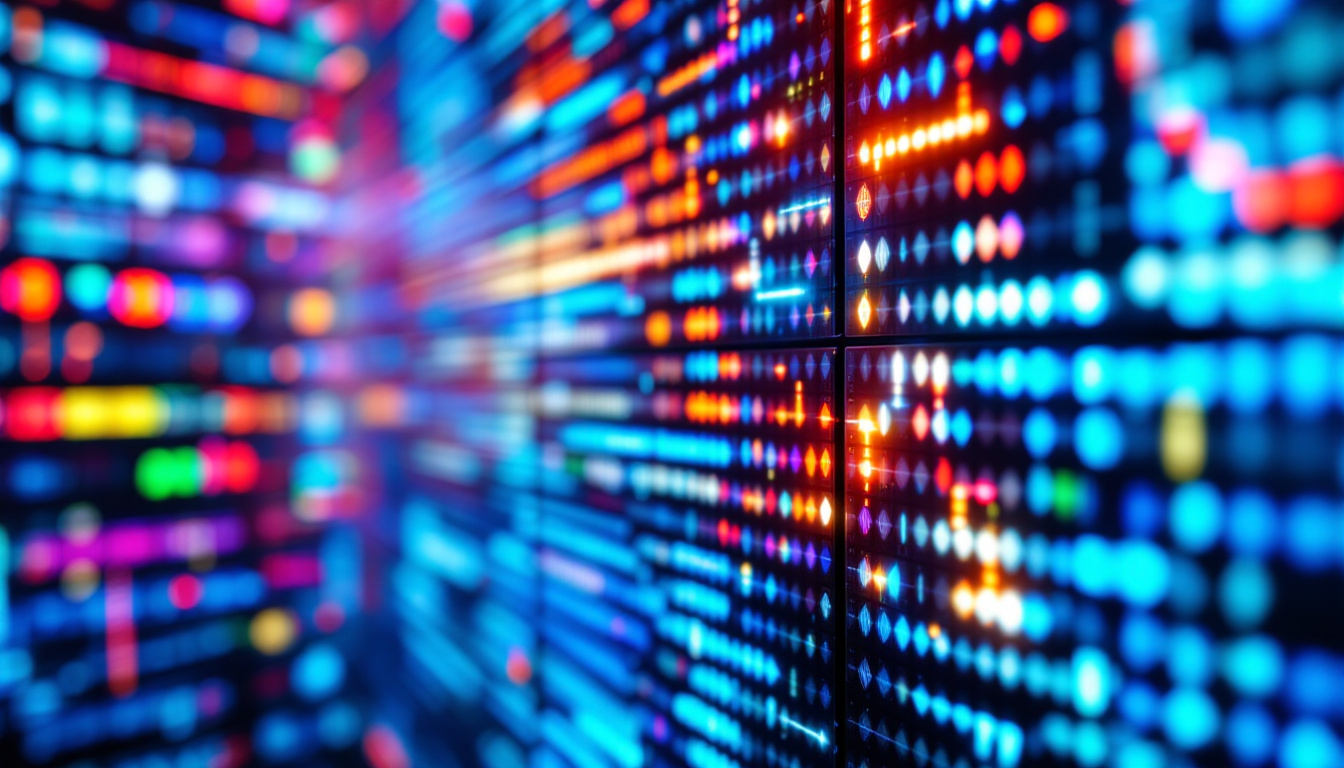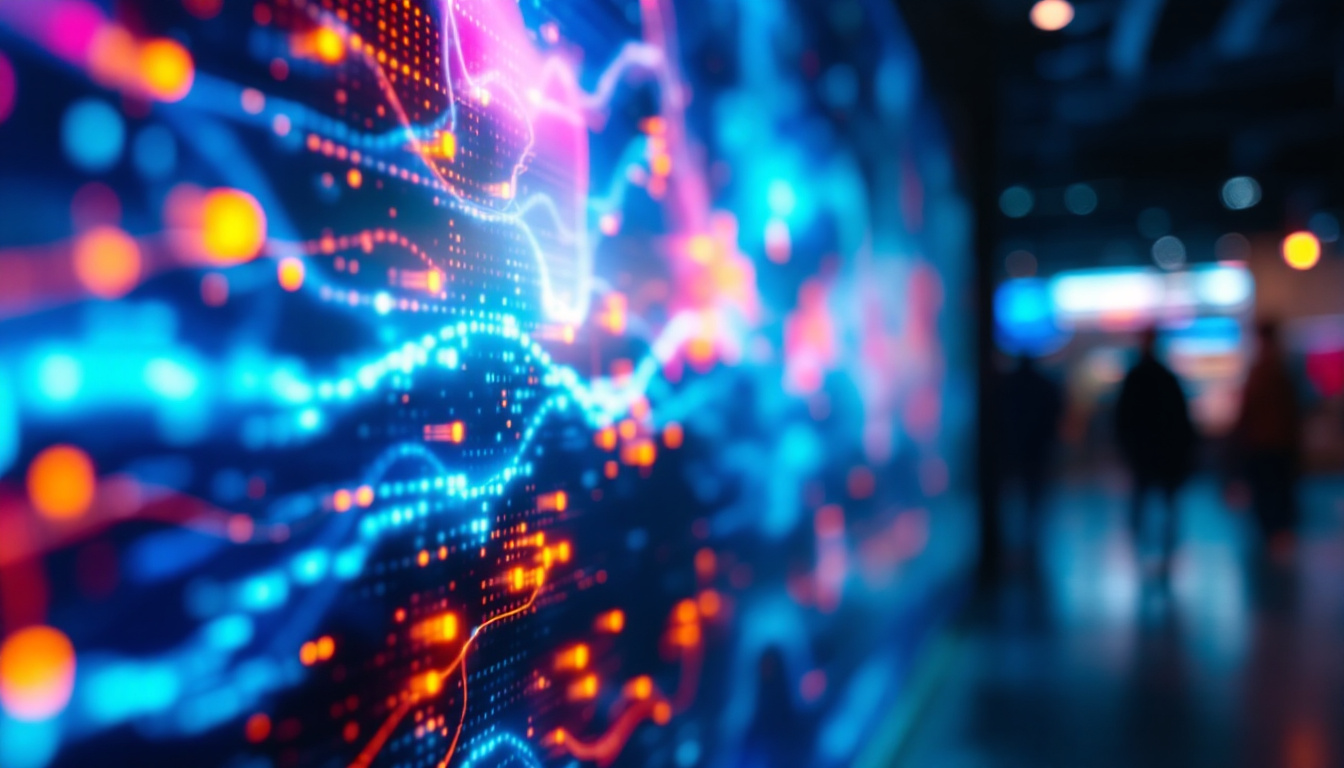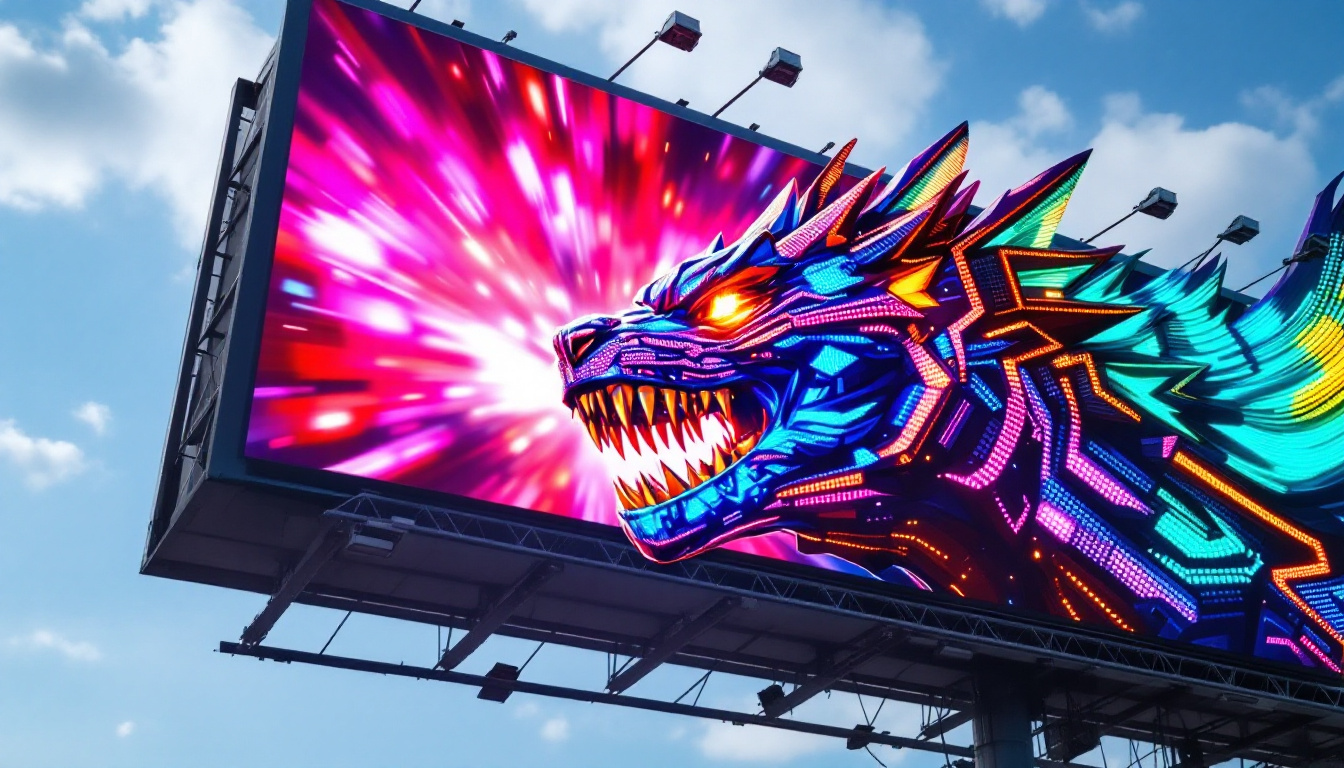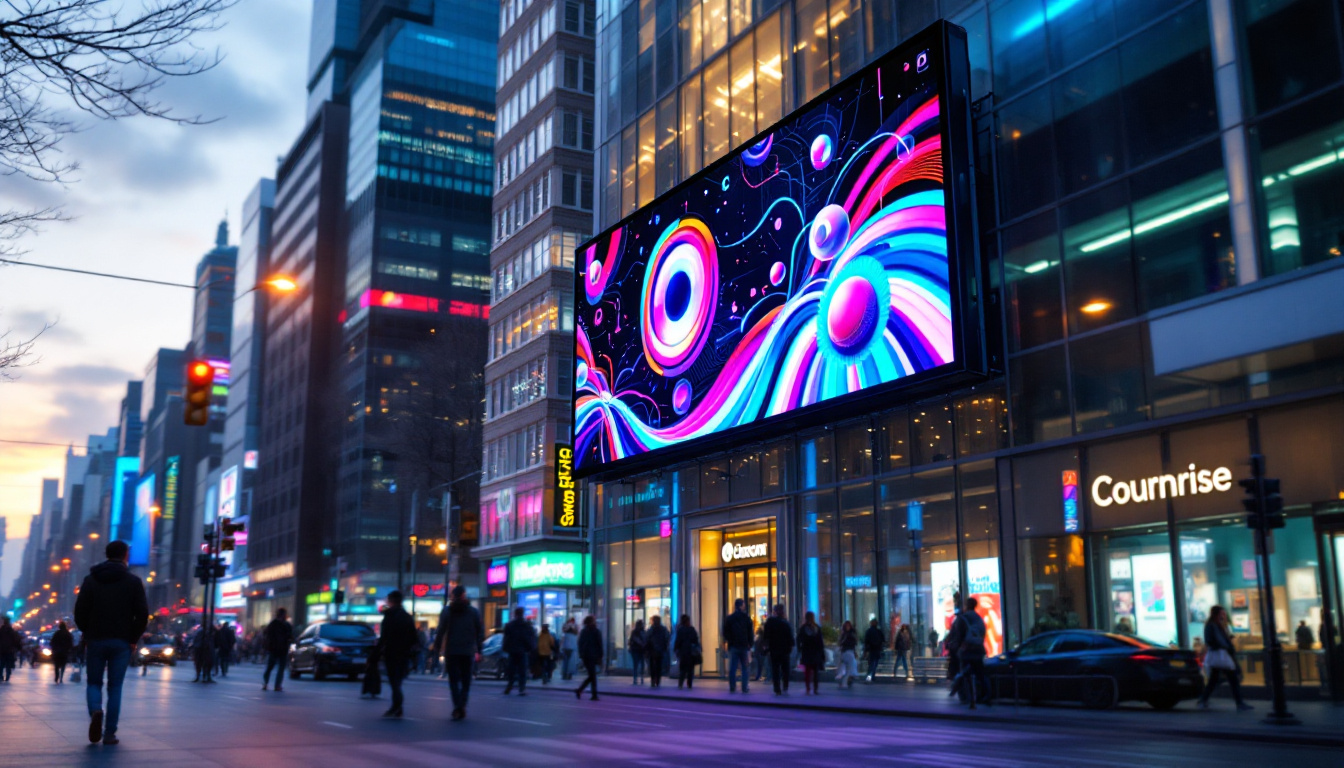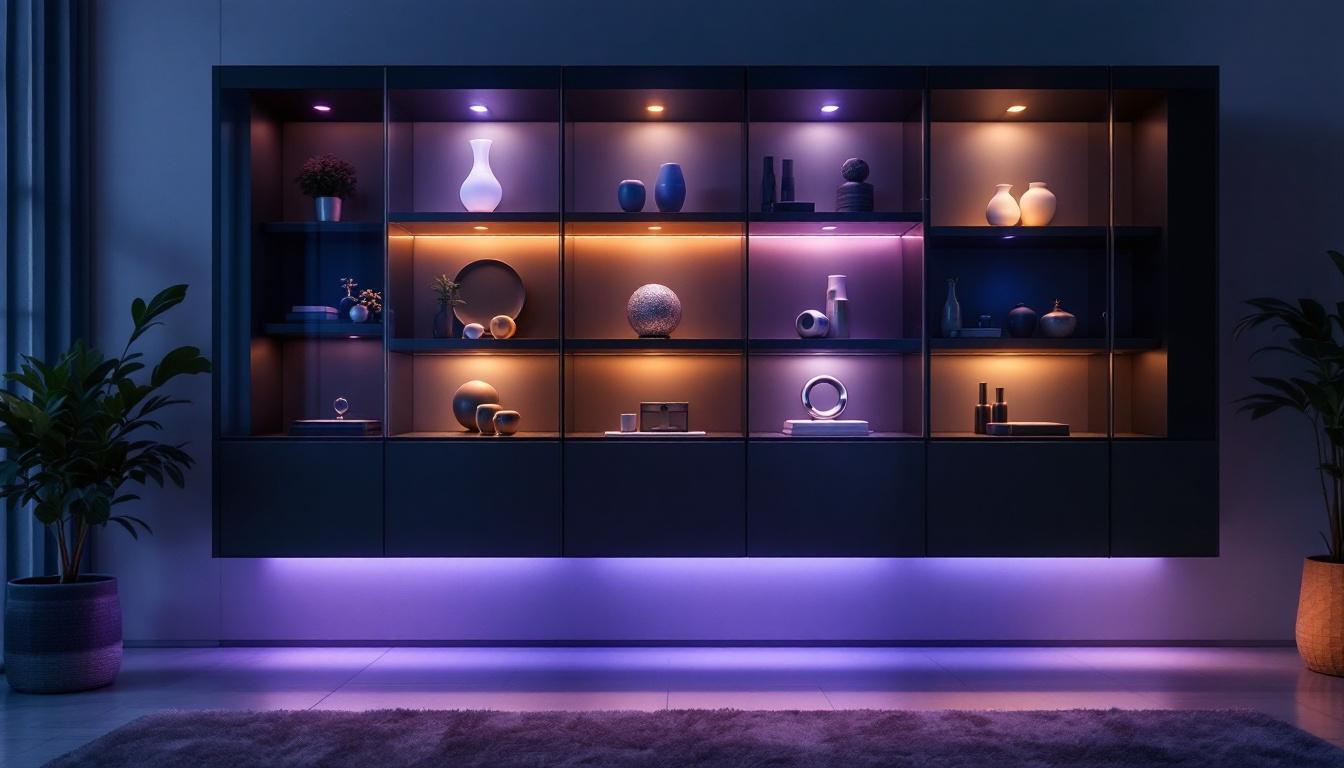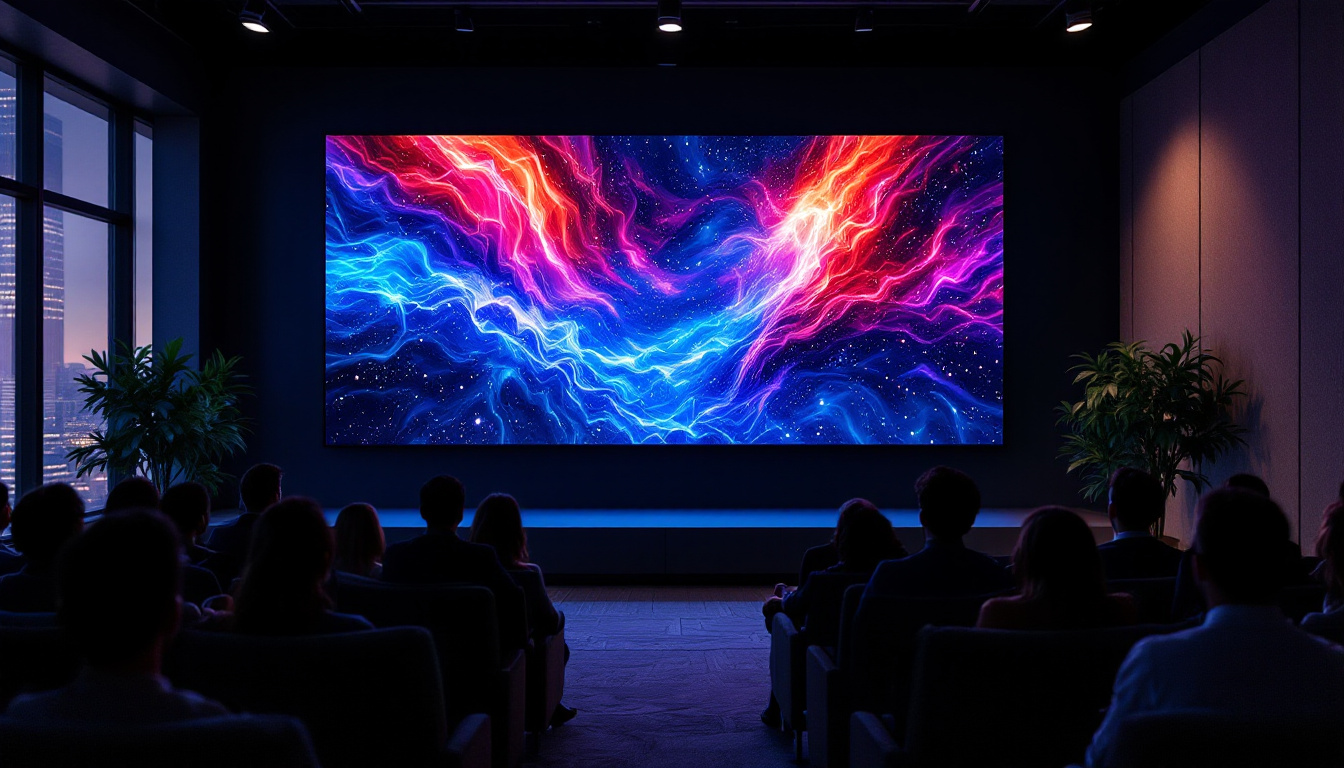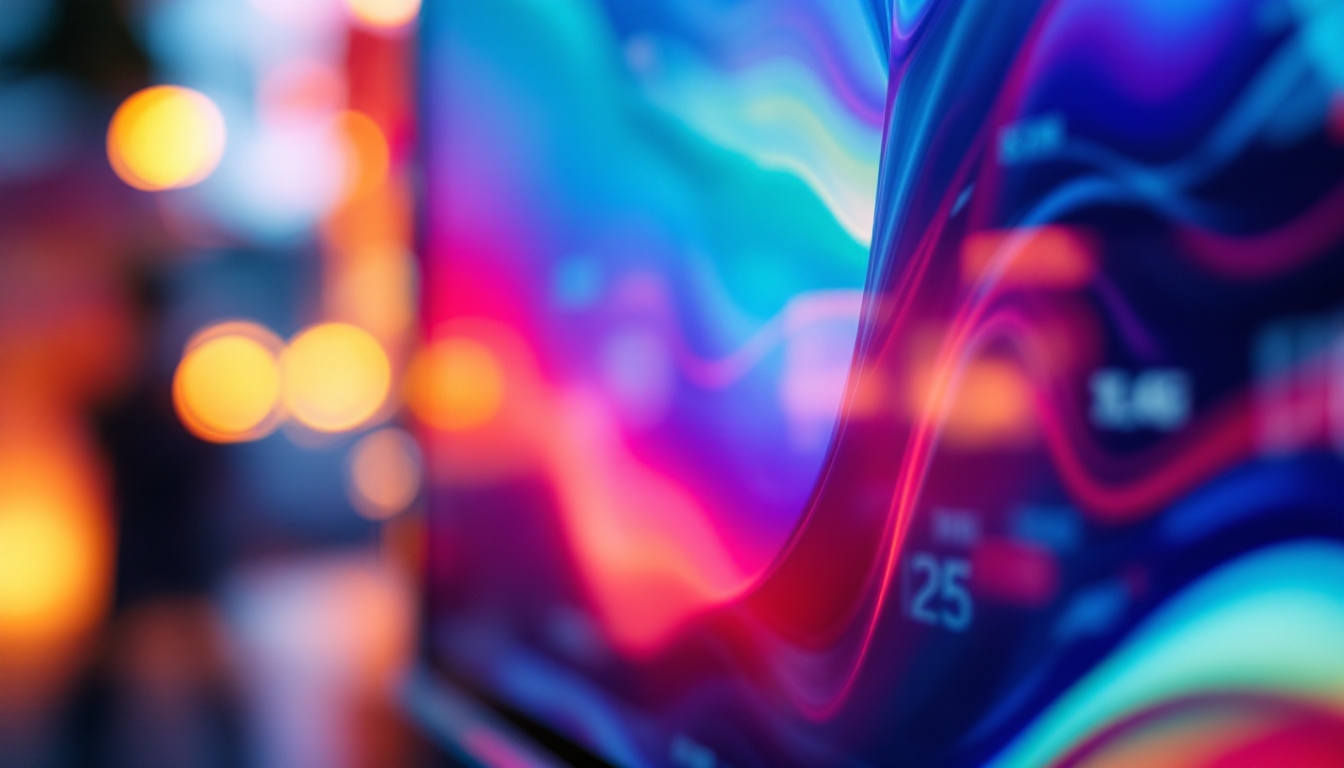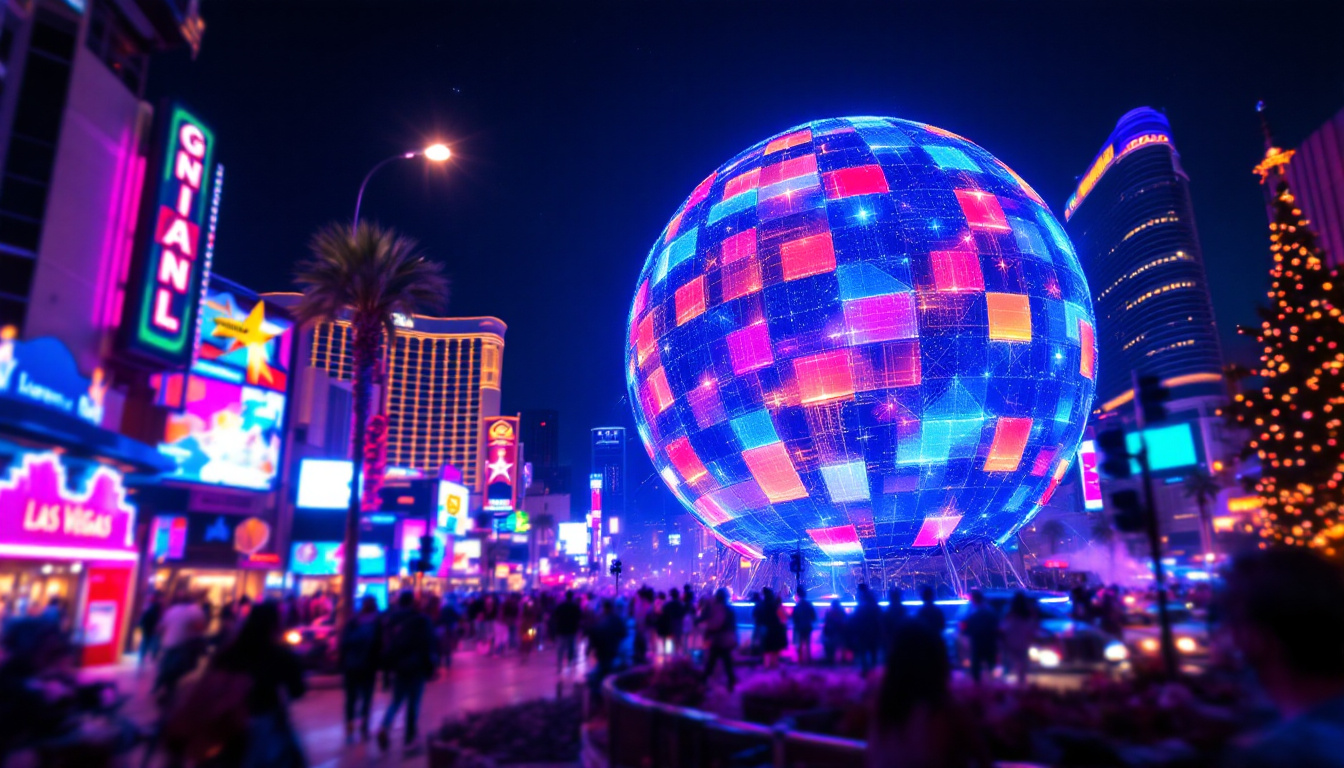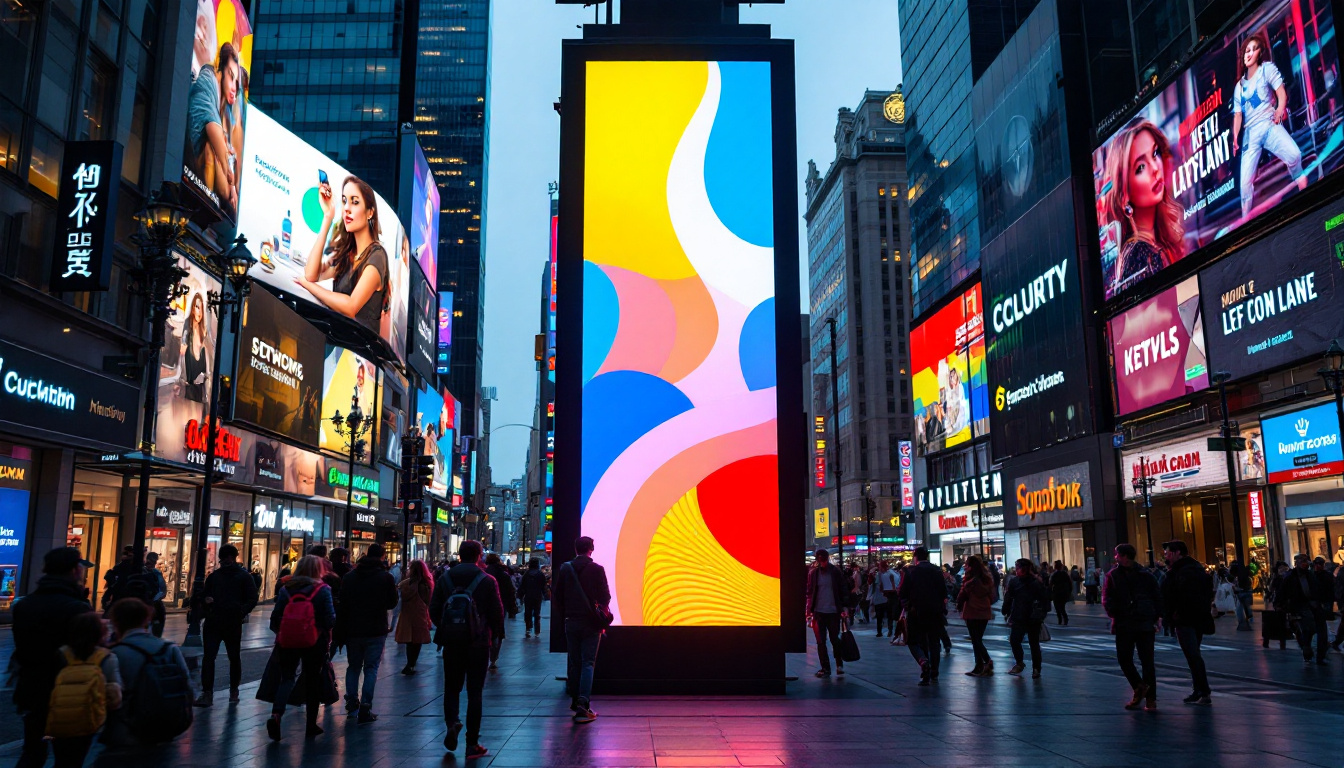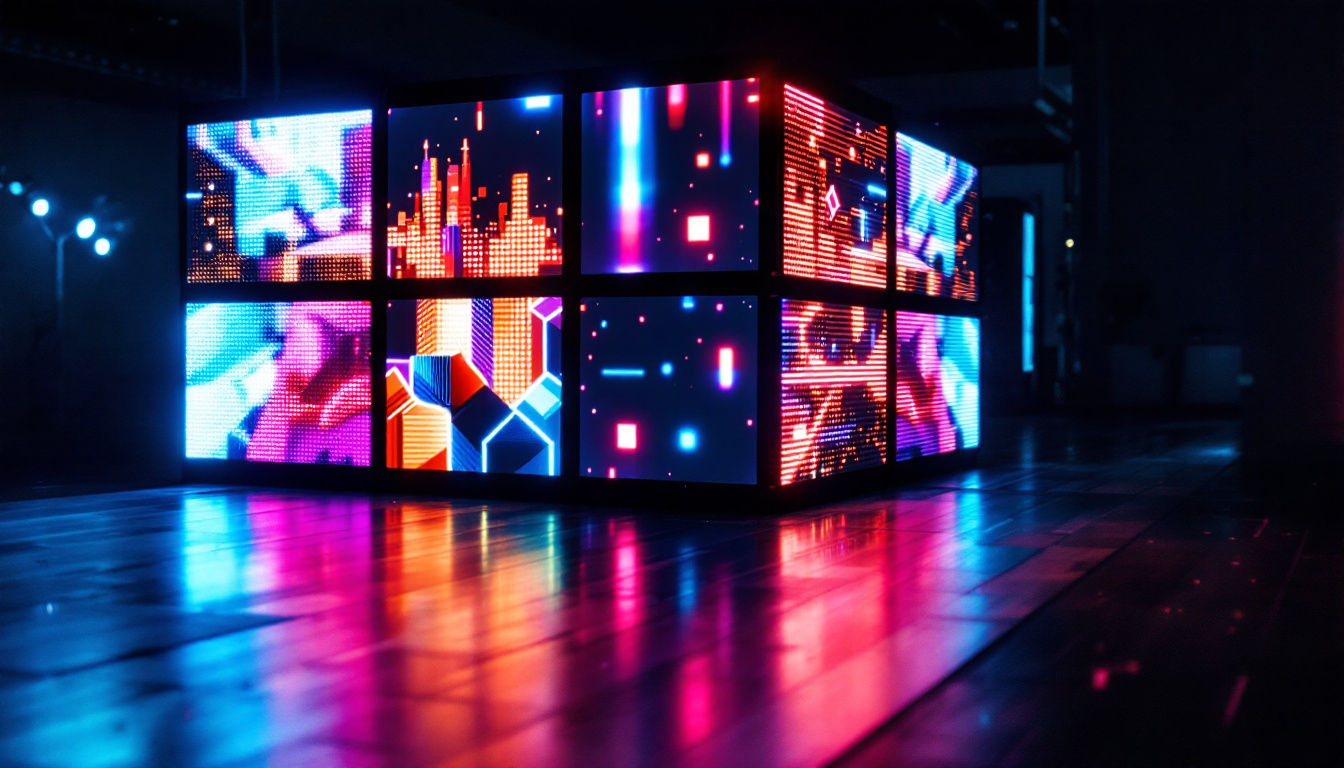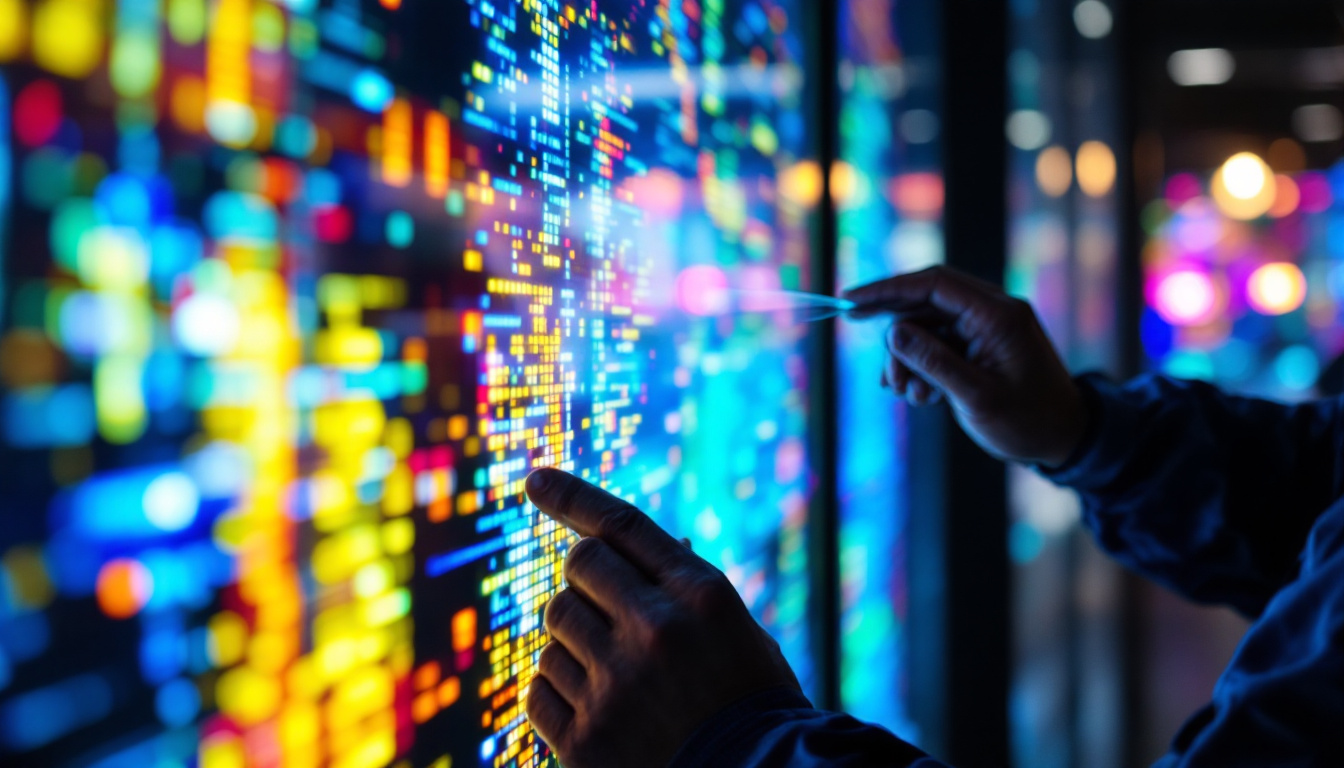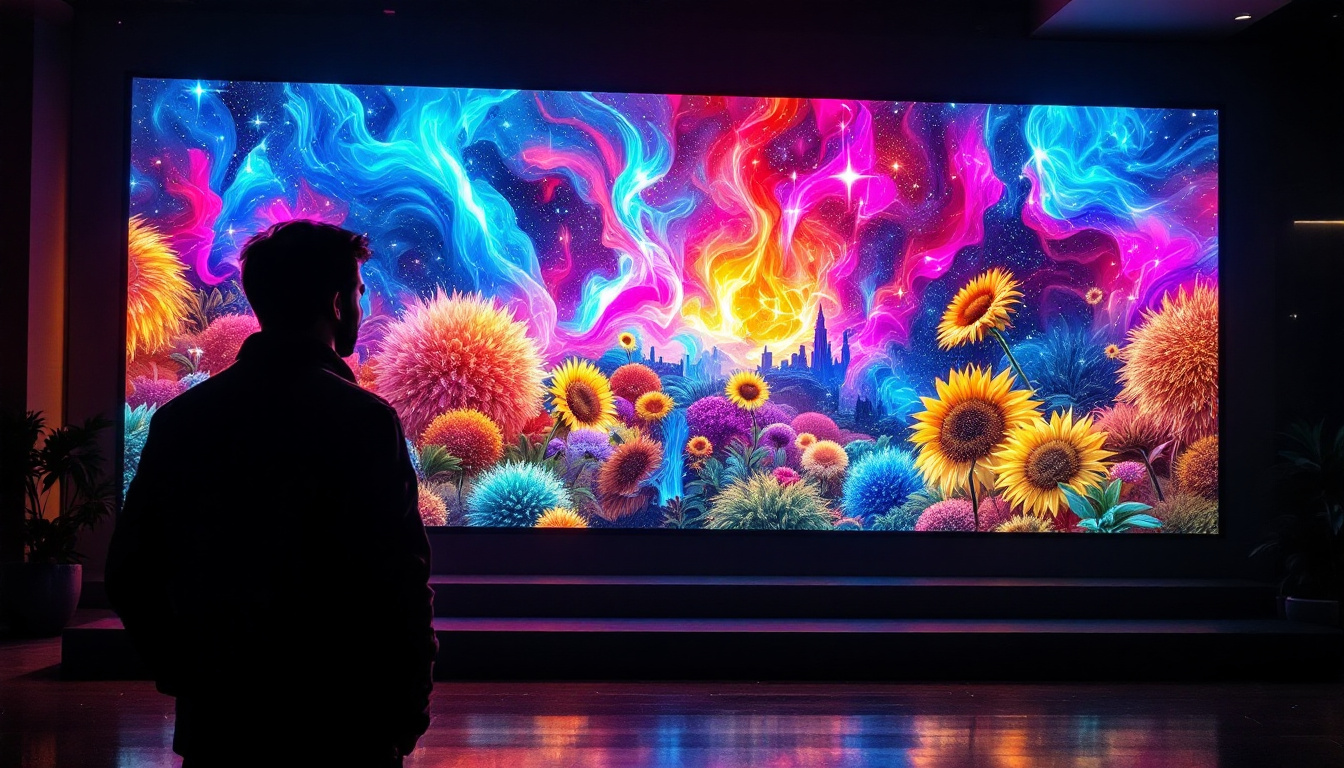In the realm of visual technology, LED displays have emerged as a transformative force, revolutionizing how information is conveyed and experiences are created. This article delves into the intricacies of LED displays, exploring their functionality, applications, advantages, and future prospects.
Understanding LED Technology
LED, or Light Emitting Diode, is a semiconductor device that emits light when an electric current passes through it. This technology has evolved significantly over the years, leading to the development of various types of LED displays that cater to diverse needs. Originally, LEDs were primarily used for indicator lights and simple displays, but advancements in technology have transformed them into a primary source of illumination and visual display in numerous applications, from household lighting to large-scale advertising.
How LED Displays Work
At the core of LED display technology is the concept of electroluminescence. When electricity flows through the semiconductor material, electrons recombine with holes, releasing energy in the form of photons. This process creates the vibrant colors and brightness that LED displays are known for. The efficiency of this process is one of the reasons why LEDs are favored over traditional incandescent bulbs, as they convert a higher percentage of energy into visible light, resulting in lower energy consumption and longer lifespans.
LED displays can be categorized into two main types: direct-view and rear-projection. Direct-view LED displays consist of individual LED pixels that form the image directly, while rear-projection displays utilize a combination of light sources and projectors to create the final image. The direct-view technology is particularly advantageous for large-scale displays, as it allows for seamless integration and high pixel density, which is essential for maintaining image clarity even at close viewing distances.
Types of LED Displays
There are several types of LED displays, each designed for specific applications. The most common types include:
- Indoor LED Displays: These are typically used in venues such as shopping malls, airports, and conference centers. They offer high resolution and brightness, making them ideal for close viewing. The ability to customize content in real-time makes indoor displays particularly effective for advertising and event promotions.
- Outdoor LED Displays: Designed to withstand various weather conditions, outdoor LED displays are used for billboards, sports arenas, and public events. They are built to be highly visible in bright sunlight, often featuring advanced technologies like automatic brightness adjustment to enhance visibility in varying light conditions. This adaptability ensures that the content remains engaging and clear, regardless of the environment.
- Transparent LED Displays: This innovative technology allows for the creation of displays that can be integrated into glass surfaces, providing a unique way to showcase content without obstructing views. Transparent displays are increasingly popular in retail environments, where they can be used to enhance product visibility while simultaneously displaying dynamic advertisements.
In addition to these common types, there are also specialized LED displays, such as flexible LED screens that can be curved or shaped to fit unconventional spaces, and high-definition LED walls that deliver stunning visuals for concerts and live events. The versatility of LED technology continues to inspire creativity in design and application, making it a cornerstone of modern visual communication.
Applications of LED Displays
LED displays have found their way into numerous industries, each leveraging the technology for its unique benefits. From advertising to entertainment, the versatility of LED displays is unmatched.
Advertising and Marketing
One of the most prominent applications of LED displays is in advertising. Billboards and digital signage have transitioned from traditional methods to dynamic LED displays that can change content in real-time. This flexibility allows advertisers to target specific audiences and adapt messages based on time, location, and viewer demographics.
Moreover, the vibrant colors and high brightness of LED displays capture attention more effectively than static signs, leading to increased engagement and higher conversion rates. The ability to showcase video content also plays a significant role; studies have shown that moving images can attract up to 10 times more attention than static advertisements. As a result, brands are increasingly investing in LED technology to create eye-catching campaigns that resonate with consumers on multiple levels.
Entertainment and Events
In the entertainment industry, LED displays have become a staple for concerts, festivals, and sporting events. Large-scale LED screens are used to enhance the audience’s experience, providing clear visuals and vibrant colors that complement performances.
Additionally, LED technology plays a crucial role in stage design, allowing for creative backdrops and immersive environments that can transform any venue into a captivating space. These displays can be programmed to synchronize with music, creating a multisensory experience that elevates the overall atmosphere. Furthermore, the lightweight and modular nature of LED panels makes them easy to transport and set up, enabling event organizers to create stunning visual displays in a fraction of the time compared to traditional setups.
Corporate and Educational Use
In corporate settings, LED displays are utilized for presentations, meetings, and training sessions. Their ability to deliver high-quality visuals ensures that information is communicated effectively, enhancing understanding and retention.
Similarly, educational institutions are increasingly adopting LED displays for classrooms and auditoriums. These displays facilitate interactive learning experiences, making lessons more engaging for students. With features like touch interactivity and real-time collaboration tools, educators can foster a more dynamic learning environment. Additionally, LED displays can be integrated with various educational technologies, such as virtual reality and augmented reality, further enriching the learning experience and preparing students for a tech-driven future. The adaptability of LED displays also allows for easy updates to content, ensuring that educational materials remain current and relevant.
Advantages of LED Displays
The rise of LED displays can be attributed to their numerous advantages over traditional display technologies. Understanding these benefits can help organizations make informed decisions when considering display solutions.
Energy Efficiency
One of the standout features of LED displays is their energy efficiency. Compared to traditional incandescent and fluorescent displays, LED technology consumes significantly less power. This not only reduces operational costs but also minimizes the environmental impact, making LED displays a more sustainable choice.
Longevity and Durability
LED displays are known for their impressive lifespan. With proper maintenance, an LED display can last up to 100,000 hours, far exceeding the lifespan of traditional display technologies. This durability is particularly beneficial for businesses that rely on continuous operation, as it reduces the need for frequent replacements and repairs.
High Brightness and Contrast
LED displays offer superior brightness and contrast ratios, making them suitable for various lighting conditions. Whether in a dimly lit room or under direct sunlight, LED displays maintain clarity and visibility, ensuring that content is always legible and engaging.
Challenges and Considerations
Despite their many advantages, LED displays are not without challenges. Organizations must consider several factors when implementing LED technology.
Initial Costs
The initial investment for LED displays can be substantial, particularly for large-scale installations. While the long-term savings on energy and maintenance can offset these costs, organizations must evaluate their budget and potential return on investment before making a decision.
Technical Expertise
Installing and maintaining LED displays requires specialized knowledge and skills. Organizations may need to invest in training or hire professionals to ensure that their displays are set up correctly and functioning optimally. This can add to the overall cost and complexity of the project.
Content Management
Effective content management is crucial for maximizing the impact of LED displays. Organizations must develop a strategy for creating and updating content regularly to keep it fresh and engaging. This may involve additional resources, such as graphic designers or content creators, to ensure that the display serves its intended purpose.
The Future of LED Displays
The future of LED displays looks promising, with ongoing advancements in technology and design. As the demand for high-quality visual experiences continues to grow, several trends are emerging in the LED display market.
Advancements in Technology
Innovations in LED technology are paving the way for even more sophisticated displays. Developments such as microLED and OLED technology are pushing the boundaries of resolution, color accuracy, and flexibility. These advancements will enable the creation of displays that are thinner, lighter, and capable of producing stunning visuals.
Integration with Smart Technology
As smart technology becomes increasingly prevalent, LED displays are also evolving to integrate with IoT devices and smart systems. This integration allows for real-time data display, interactive content, and enhanced user experiences. For example, smart LED displays can adjust brightness based on ambient light conditions or display targeted advertisements based on viewer demographics.
Environmental Sustainability
With growing concerns about environmental sustainability, manufacturers are focusing on creating eco-friendly LED displays. This includes using recyclable materials, reducing energy consumption, and implementing sustainable manufacturing practices. As businesses and consumers prioritize sustainability, eco-friendly LED displays are likely to gain traction in the market.
Conclusion
LED displays have fundamentally changed the way information is presented and consumed. Their versatility, energy efficiency, and superior visual quality make them an ideal choice for a wide range of applications. While challenges such as initial costs and technical expertise exist, the benefits of LED displays far outweigh the drawbacks.
As technology continues to advance, the future of LED displays promises even more exciting possibilities. From enhanced visual experiences to sustainable solutions, LED displays are set to remain at the forefront of visual technology for years to come. Organizations looking to invest in display solutions would do well to consider the potential of LED technology in their strategic planning.
Explore the Future of Visual Technology with LumenMatrix
Ready to elevate your visual communication and create unforgettable experiences? Discover the innovative world of LumenMatrix LED display solutions. Our extensive range of products, from Indoor and Outdoor LED Wall Displays to Custom and All-in-One LED Displays, is designed to captivate your audience and amplify your message. Embrace the future with our cutting-edge technology that promises to transform your space and engage viewers like never before. Don’t wait to make an impact—check out LumenMatrix LED Display Solutions today and see your vision come to life.

